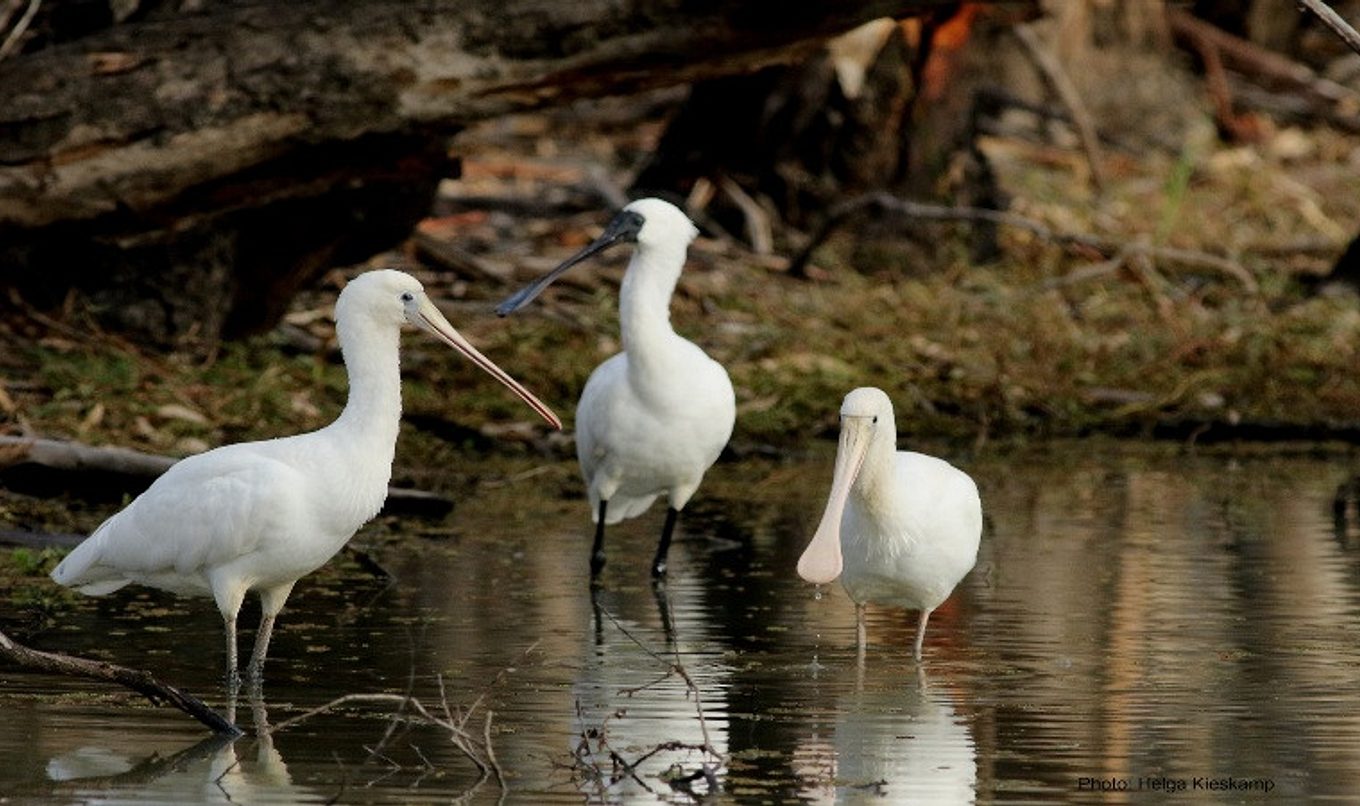Environmental benefits of River Murray flood are beginning to emerge
The sound of the musical eastern banjo frog ringing out across the Pike floodplain is among the incredible sights and sounds ecologists are observing as floodwaters recede throughout the Murraylands, Riverland and Lower Lakes.

High river flows are important for native fish spawning, bird breeding and plant growth and the flood has provided much-needed water to areas of the river and floodplains for the first time in more than 60 years.
Eastern Banjo tadpoles up to 100mm in length are currently the dominant species, comprising 41 per cent of all tadpoles recorded at the site.Meanwhile, wood ducks and black swans have converged en masse at Chowilla near the junction of the three state borders.
Wetland bird surveys at Chowilla’s large lakes have also recorded grey teals and coots in their hundreds as waterbirds and woodland birds make the most of the flood enriched breeding and feeding habitat.
Pacific black ducks and nankeen night herons have also been observed in numbers with groups of young having bred during the flood
The reconnection of floodplains and wetlands to the main river has allowed plants and animals to move throughout the river systems and colonise new areas.
The higher flows have also stimulated breeding for native fish species, including Murray cod, silver perch and golden perch, and will improve the chances of successful recruitment by improving habitat availability and food resources.
Further south in the Lower Lakes, increasing numbers of native turtles, or thukabi, important to the Ngarrindjeri people, have been seen after the species was severely impacted by the Millennium drought.
The University of Adelaide and Ngarrindjeri Aboriginal Corporation have partnered to monitor thukabi numbers in the Lower Lakes.
Department for Environment and Water (DEW) staff are also working with the Goyder Institute for Water Research along the river to inform the future management of riverine, floodplain and wetland habitats.
DEW Manager of Environmental Water Tony Herbert said this was a once-in-a-generation flood event that will have widespread environmental benefits.
“Black Box woodlands and other native vegetation that have been struggling in recent years have received a much-needed boost,” Mr Herbert said.
“Reconnecting the floodplains and wetlands to the main river has allowed plants and animals to move throughout the river systems and potentially colonise new areas.
“The higher flows also stimulate breeding for native fish species, including Murray cod, silver perch and golden perch, and will improve the chances of successful recruitment by improving habitat availability and food resources.”

